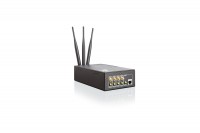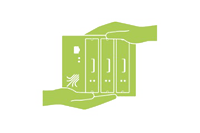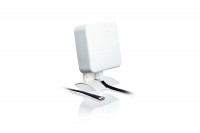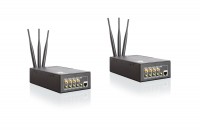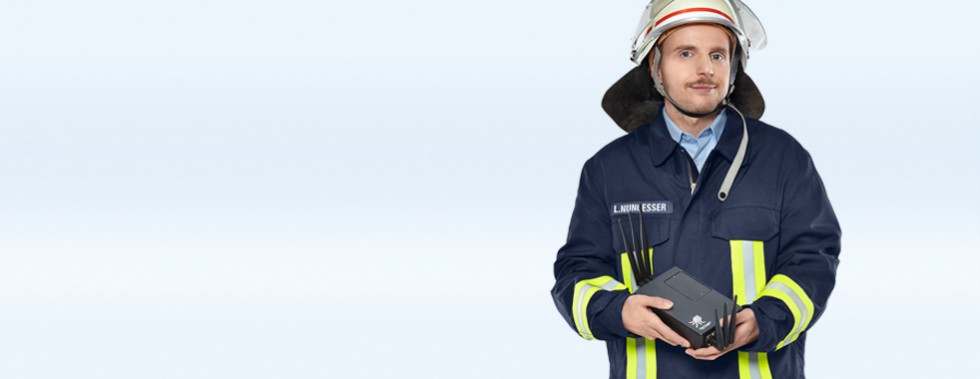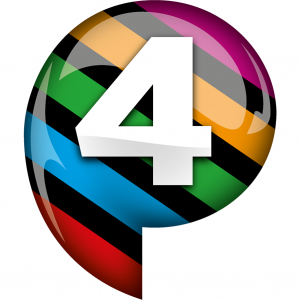Unbelievable, what bonding DSL, UMTS and LTE makes possible
Internet for every contingency
One second of inattentiveness is enough to risk a major fire. The fire brigade rush to the place of the incident, and soon, questions arise: Are enough fire fighters present? Are we equipped with the right tools? Which chemicals need to be neutralized? These are questions for experts which are best kept in the command center to be available for more than one emergency team. However, only talking about the scene and describing the difficulties is fairly unfeasible, so emergency services need a stable and reliable mobile Internet connection that is suitable for video streaming regardless of location as well as of eventual bystanders calling or texting friends and family. Incendium, a Danish live streaming company, meets these demands by using Viprinet technology.
Online worldwide
As a world-class spice manufacturer, the Moguntia Food Group dares the difficult balancing act between tradition and modernity. Corporate ethics and quality standards are time-honored, while recipes and production technology are state-of-the-art. In order to remain competitive at all times, the Moguntia Food Group invested in its corporate network at an early stage in order to be able to connect all locations via terminal servers. This also enables central production control, which in turn requires a highly secure, round-the-clock Internet connection. For this purpose, the Moguntia Food Group turned to Viprinet.
Mobile radio broadcasting in Norway
Outdoor live broadcasts from remote areas are generally considered the ultimate test of mobile network solutions. Industry requirements for these kinds of deployments include many challenging features, all of which come with the expectation of low operational costs: ample bandwidth, continuous uptime, low latency, and quick, simple set-up. P4 Radio, Norway’s leading private radio station has nearly a 25% market share, a million daily listeners, covers many tours, and frequently broadcasts from remote locations. To meet their exacting standards, they deploy Viprinet technology for mobile and remote connectivity.



